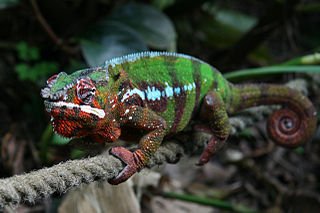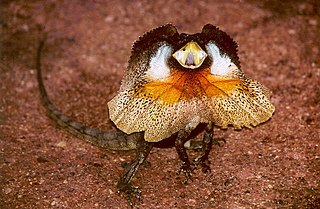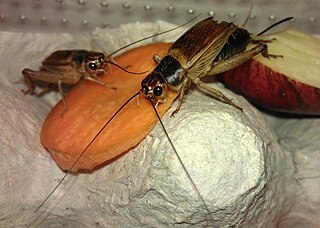Chameleons are spectacular creatures to care for, but they are almost “too interesting” for their own good. Drawn by their beauty and unique-to-bizarre characteristics, many rush into chameleon care without proper preparation. None are suitable for beginners, but if asked to recommend a large, colorful species to an experienced keeper, I would choose the majestic Panther Chameleon, Furcifer pardalis. While not as hardy as the Veiled Chameleon, Chamaeleo calyptratus, the Panther is adapted to environmental conditions that fluctuate wildly, and this seems assist its adjustment to captivity. It is also an excellent study subject…recent studies have revealed new insights into the relationship between chameleon basking behavior and diet (please see below).
I’ve worked with many chameleon species in zoos, and can attest to the difficulties involved even when one has sufficient space and supplies. Please read this article and those linked under “Further Reading” carefully, and post any questions below. Read More »
 That Reptile Blog – Reptile, Amphibian and Exotic Pet Care and Information
That Reptile Blog – Reptile, Amphibian and Exotic Pet Care and Information





